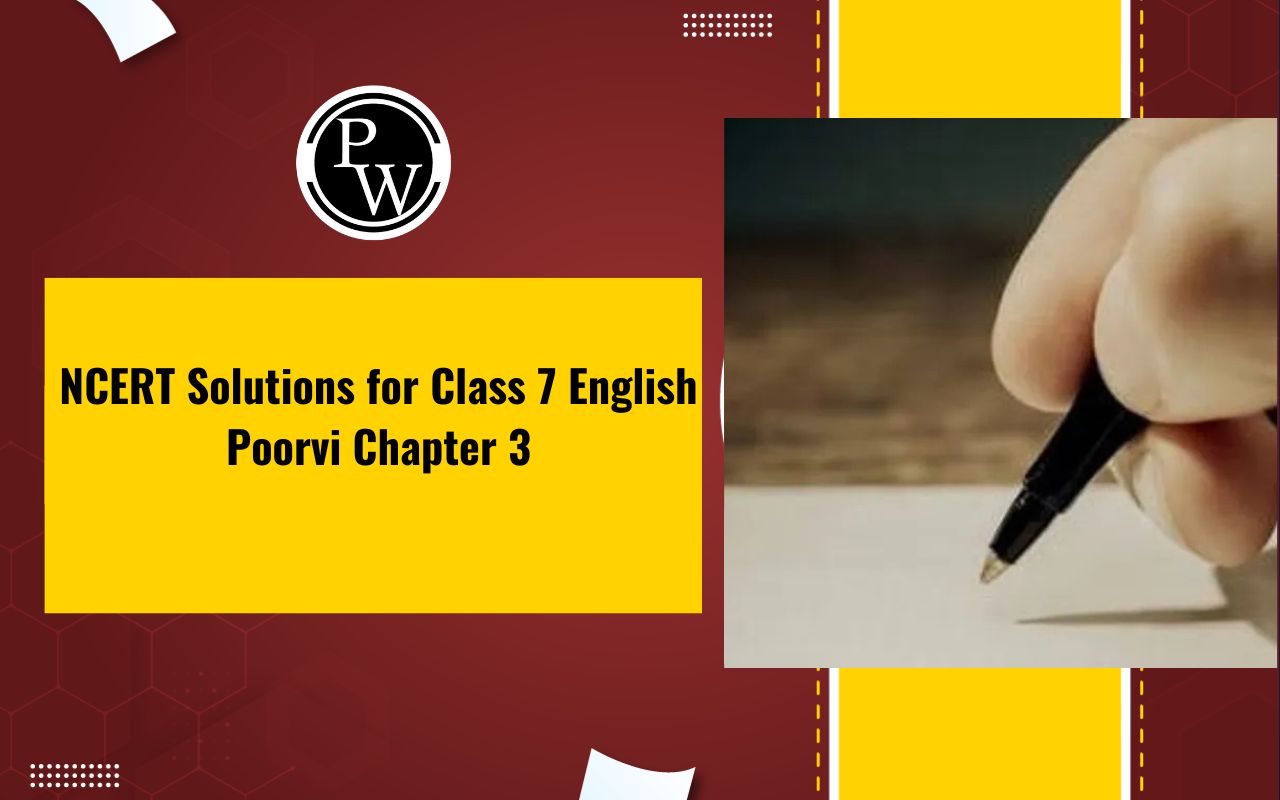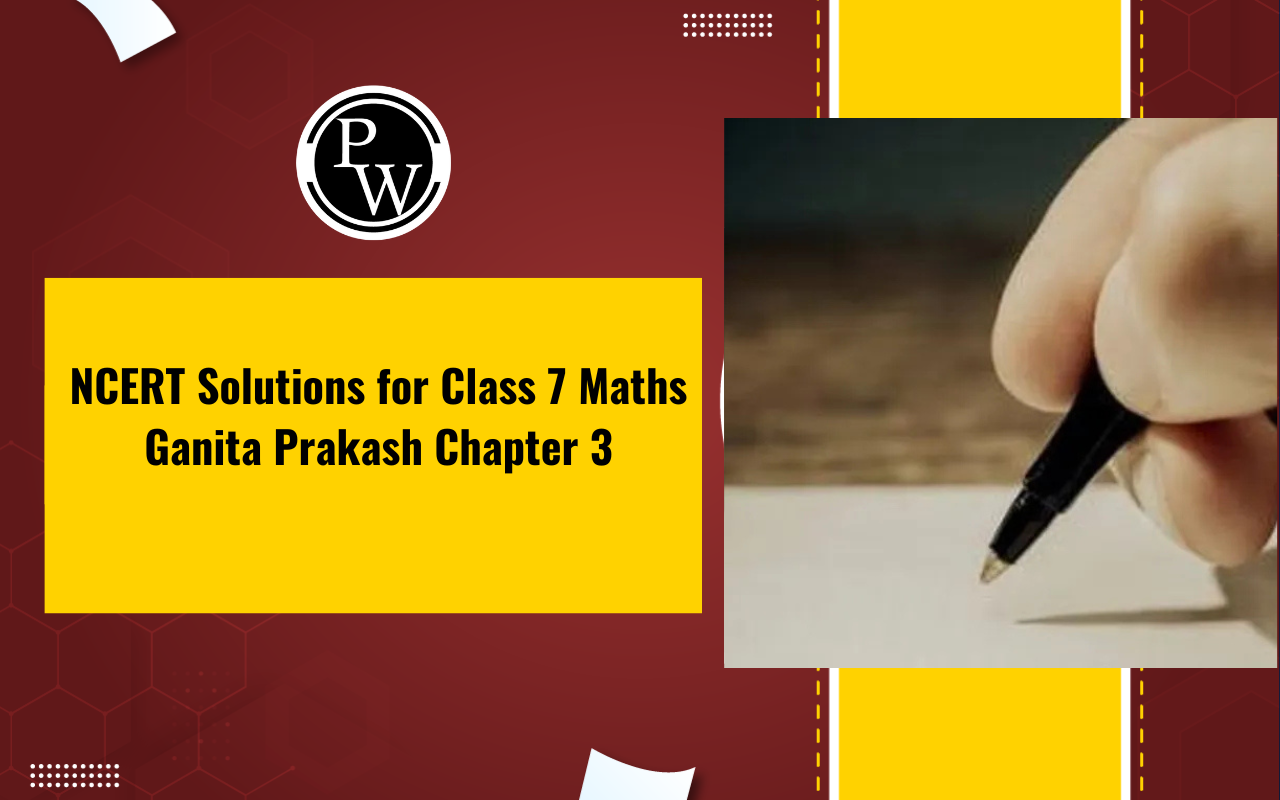
CBSE Class 7 Maths Notes Chapter 5
CBSE Class 7 Maths Notes Chapter 5: This CBSE Class 7 Maths Notes Chapter 5 is essential for developing students' knowledge of geometry and their ability to solve problems. The notes help with a deeper understanding of lines and angles by clarifying geometric concepts. They provide a thorough covering of the chapter's material, making them an invaluable resource for exam preparation.
These CBSE Class 7 Maths Notes Chapter 5 also promote logic, critical thinking, and the useful application of geometry in a variety of professions. They are an indispensable companion for students studying mathematics because they are freely available as PDF downloads, providing that everyone may receive a high-quality education.CBSE Class 7 Maths Notes Chapter 5 PDF
CBSE Class 7 Maths Notes Chapter 5 for Lines and Angles, Chapter 5, in PDF format, which can be downloaded for free from here. The lines and angles in Chapter 5 of the CBSE Class 7 Maths Notes are clearly produced, taking into account the board pattern and rules. Find out what's covered in the Maths Class 7 Lines and Angles Notes by reading on.CBSE Class 7 Maths Notes Chapter 5 PDF
CBSE Class 7 Maths Notes Chapter 5 Lines and Angles Notes
Here we have provided CBSE Class 7 Maths Notes Chapter 5 Lines and Angles Notes to help students understand the chapter better. These notes will help students prepare better for their exams and revise efficiently. a. Line segment: A line segment is a line that has distinct ends. The notation for it is AB¯¯¯¯¯¯¯¯. b. Line: A line is created when a line segment is infinitely extended from both ends. The notation for it is AB←→. c. Ray: A ray is a line with a single end. The symbol for it is AB−→−. d. Angle: An angle is created when two lines or line segments cross over or come together at a single location. For instance, the angles created by the lines are seen in the image below.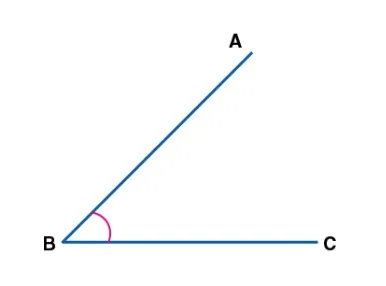
Related Angles:
Complimentary angles: Two angles are said to be complimentary if their combined measurements equal 90°. One angle is referred to as the complement of another when two angles are complimentary. The example is displayed below.
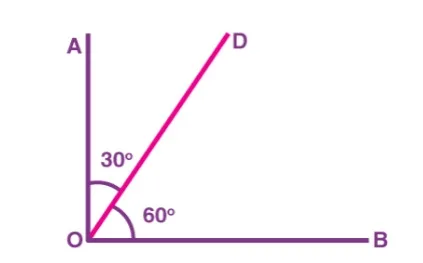
Supplementary angles: Two angles are considered supplementary if the total of their measures equals 180 degrees. One angle is said to as the supplement of another when two complementary angles exist. The example is displayed below.
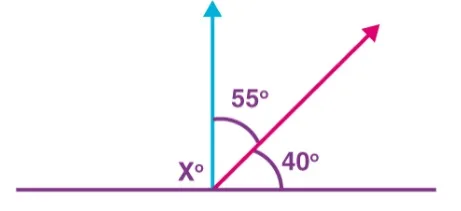
Adjacent angles: A pair of angles that are next to one another have a shared vertex, one common arm, and a non-common arm that is located on either side of the common arm.
Linear pair: The terms "linear pairs" refer to adjacent angles that are supplementary to one another. These angles' non-common arms are rays that are travelling in opposing directions.
Vertically opposed angles: As seen in the image below, two lines that cross one another create four angles.
| CBSE Syllabus Class 7 | |
| CBSE Class 7 English Syllabus | CBSE Class 7 Math Syllabus |
| CBSE Class 7 Social Science Syllabus | CBSE Class 7 Science Syllabus |
Pair of Lines
a. Intersecting Lines: Two lines are referred to as intersecting lines when they cross at a single point, and that point is referred to as the point intersection. L and M are crossing lines, and their point of junction is A, as shown in the diagram below.
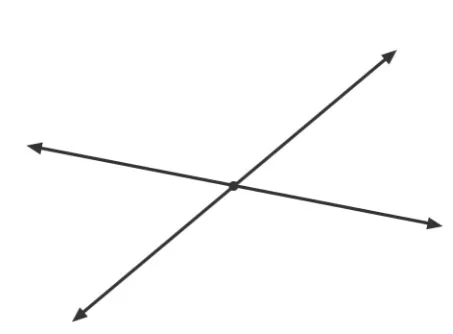
b. Transversal: A common line that crosses two or more separate lines is referred to as a transversal. As seen in the illustration below, the transversal, or common line p, intersects lines l and m. Eight angles are produced by this transversion.
Traversal of Parallel Lines:
The following characteristics can be seen when a line t intersects a pair of parallel lines, l and m.Types of Angles
-
Acute Angle
An angle which is smaller than 90 degrees is called an acute angle.
-
Obtuse Angle
An angle that measures more than 90 degrees but is less than 180 degrees is called an obtuse angle.
-
Right Angle
An angle formed at exactly 90 degrees is called a right angle.
-
Straight Angle
An angle formed at 180 degrees is called a straight angle. An angle so formed is developed by a straight line.
-
Reflex Angle
An angle more than 180 degrees but less than 270 degrees is called a reflex angle.
-
Full Angle
A full angle is an angle that measures complete 360°.
Related Links -
CBSE Class 7 Maths Notes Chapter 5 FAQs
How can I get full marks in CBSE 7th maths?
What is line geometry class 7 notes?
What is angle class 7?





